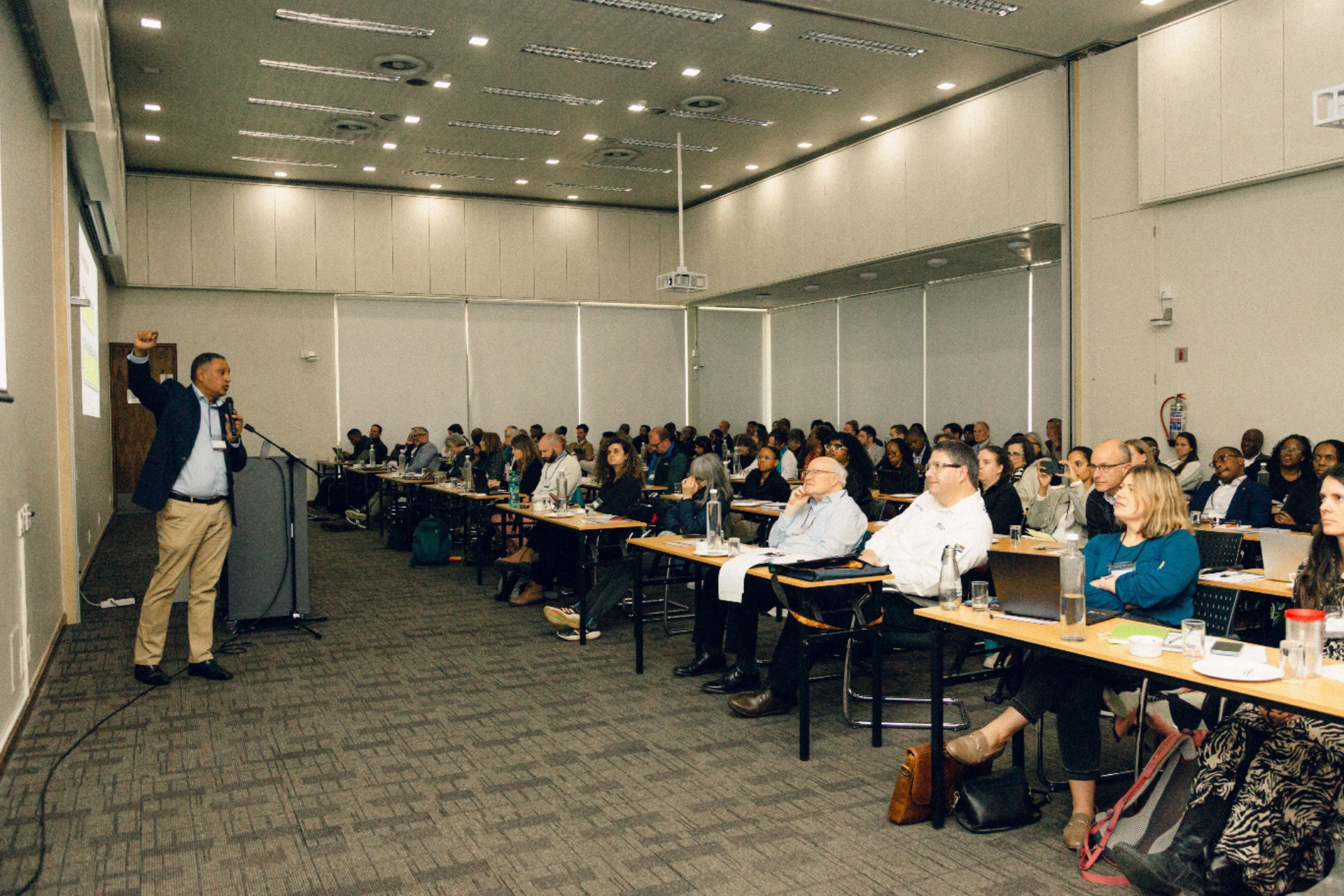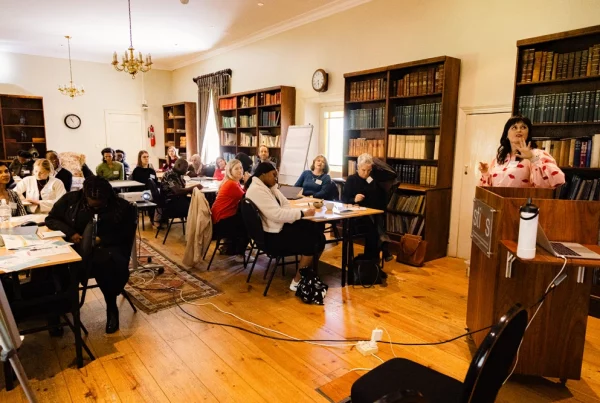On 26-27 August 2025, RESEP hosted the 9th Annual Quantitative Education Research (QER) Conference at the Stellenbosch Institute for Advanced Study (STIAS). As in previous years, the event brought together a wide cross-section of academics, policymakers, civil servants, and practitioners to debate the most pressing questions in South African education.
This year’s programme was anchored by two keynote addresses: Minister of Basic Education Siviwe Gwarube, who emphasised the importance of evidence in shaping education policy, and Noam Angrist (University of Oxford and Youth Impact), who shared new insights on scaling Teaching at the Right Level interventions across countries.


Below we highlight ten key themes from this year’s presentations and discussions.
Learning recovery and the limits of “teaching to the test”
Servaas van der Berg opened with a sobering review of post-pandemic trajectories. His presentation can be found here. PIRLS and provincial assessments confirm that learning losses remain, yet matric pass rates have risen – particularly in poorer schools – largely due to shifts in promotion policies and predictable exam practices. The debate turned on whether this signals genuine improvement or simply greater exam preparation, with some warning that the focus on past papers risks narrowing learning. Echoing this concern, Jaamia Galant’s classroom observations showed lessons dominated by teacher talk and formal assessments, with limited learner engagement. Her findings reinforced the view that system incentives encourage “teaching to the test” rather than deeper learning. Her presentation can be found here.

Gabrielle Wills (Resep), Minister Siviwe Gwarube, Servaas van der Berg (Resep)
Fiscal constraints and fragile budgeting
A panel featuring Michael Sachs, Martin Gustafsson, and Albert Chanee underscored the fiscal tightrope provinces face. Real personnel budgets have been flat for years, forcing trade-offs that protect teacher posts but reduce funding for transport, nutrition, and infrastructure. Budget uncertainty – what MEC David Maynier described as “hyper-uncertainty” – further complicates planning. While radical austerity seems less likely than in 2024, the fiscal squeeze is real, raising questions about how education can be shielded in a volatile budget environment. You can download their presentations via the following links: Education & Fiscal policy, Fiscal Consolidation & GDE Fiscal Consolidation.
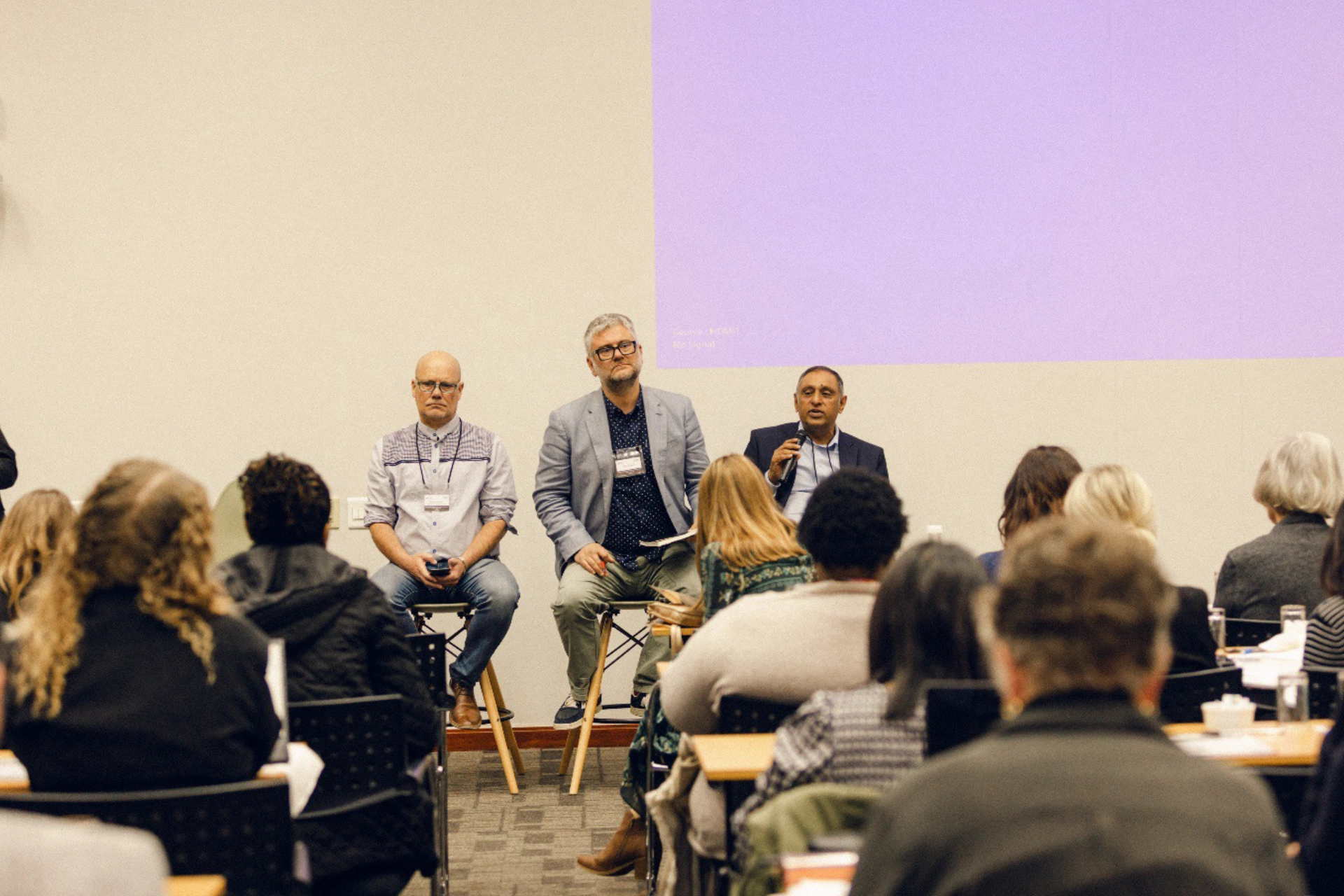
Panel on Education in a time of fiscal consolidation Martin Gustafsson (DBE), Michael Sachs(WITS) and Albert Chanee (GDE)
Evidence-informed policy shifts
In her keynote address, Minister of Basic Education Siviwe Gwarube argued that no education policy should be pursued unless it is backed by evidence. She underlined that research is not abstract, but a practical tool to guide decision-making, and stressed the central role of universities and researchers in generating the evidence government needs. The relationship, she suggested, must be a collaborative one: researchers ask the hard questions, and policymakers draw on those answers to steer the system.
She also challenged the idea that matric results should serve as the ultimate marker of education system success. While important, they reflect only the end of schooling. The real test, the Minister suggested, is whether every child is entering Grade 1 ready to learn. Shifting the benchmark in this way would focus the system’s attention on early childhood and the foundational phase, where the building blocks of later achievement are laid.
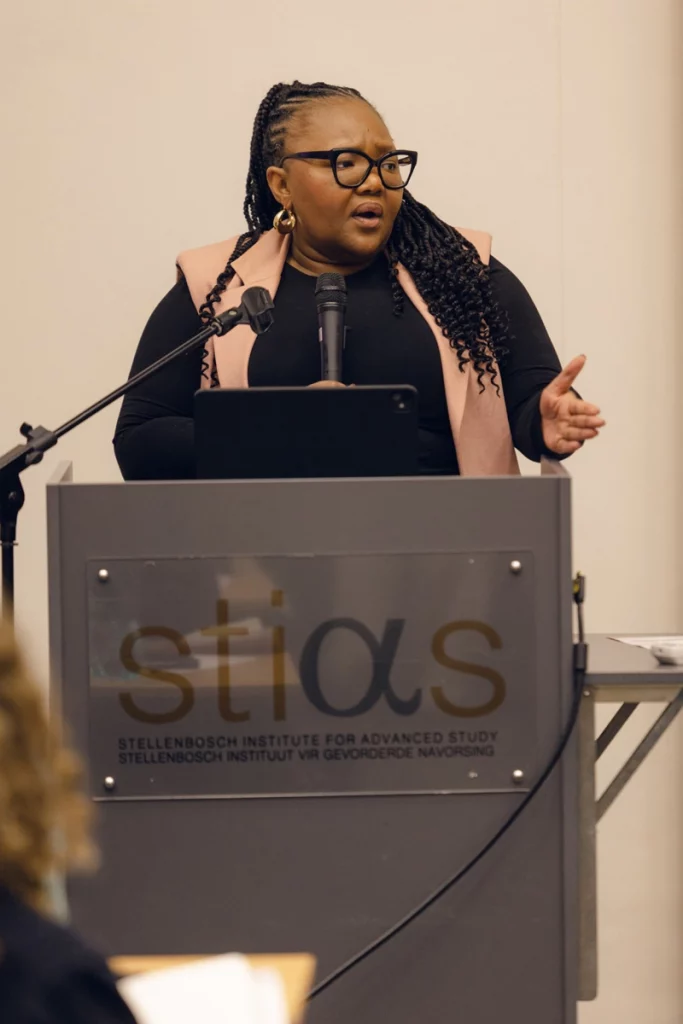
Scaling targeted instruction: fidelity matters
The second keynote, by Noam Angrist, focused on Teaching at the Right Level (TaRL). Drawing on meta-analysis of dozens of trials, he showed that while TaRL consistently improves learning, the size of gains depends heavily on implementation fidelity. Teacher-led models produce reliable impacts, while volunteer-led versions can be larger but highly variable. New experiments in Botswana suggest that investing in fidelity (through coaching, structured routines, and A/B testing) can multiply effects several times over. Based on this evidence, he argued that the challenge is not discovering new interventions, but making existing ones work better at scale.

Complementing this, Maxine Schaefer presented findings from Click Learning’s “Double Click Sandbox” project, which tested personalised adaptive learning (PAL) EdTech products in 325 schools across four provinces. She found sizeable gains in early literacy (up to 0.8 standard deviations in some grades) though results varied sharply by product and design, with gamified versions proving most engaging and an AI tutor showing little effect. Like TaRL, the evidence suggests that implementation details and dosage matter as much as the technology itself, highlighting the importance of learning how to scale interventions effectively in real-world conditions.
Assessments that inform practice
In a presentation titled Reflections on the Reading Panel, Sipumelele Lucwaba drew on the latest SASE and SAECMEQ results to show that around 80% of learners are not yet reading at grade level, confirming PIRLS as an appropriate measure for South Africa. She highlighted the puzzling contrast of improving teacher knowledge in reading but declining knowledge in maths, and noted that while some provinces are using assessments proactively, the system still lacks a consolidated national literacy plan.
Building on this, Qetelo Moloi described the development of reading and mathematics performance benchmarks within the SASE framework. These benchmarks are intended to make results clearer and more actionable for teachers, helping to link large-scale assessments more directly to classroom practice.
At the provincial level, Tsatsi Montso outlined the Free State’s approach to embedding assessment in daily practice – setting grade-level reading norms, hosting annual reading conferences, and monitoring proficiency quarterly. This was highlighted as an encouraging model of how assessment data can be used not just for accountability, but to actively guide teaching and learning. The presentation can be found here.
Learner trajectories in the Foundation Phase
Several presentations shed new light on learner trajectories in the Foundation Phase, drawing on newly available longitudinal datasets from SA-SAMS and the Data Driven Districts programme that make it possible to follow learners across grades. Gabrielle Wills highlighted South Africa’s unusually large and growing pro-girl gap in reading, with girls progressing more smoothly through the system than boys across all quintiles. Ros Clayton showed that stronger mastery of an African language in the early grades is linked to lower repetition and better English outcomes by Grade 4, reaffirming the importance of mother-tongue instruction. Bianca Böhmer added a further dimension, finding that younger entrants – especially boys – are significantly more likely to repeat Grade 1, though these age effects largely fade by Grade 4. Taken together, their work underscores how gender, language, and age at entry interact to shape early learning outcomes, and the need for policies that respond to these dynamics in the Foundation Phase.

Foundations of school readiness
Two presentations focused on what matters most for children’s readiness to learn when they enter school. Jesal Kika-Mistry’s analysis of early learning programmes found that teaching strategies in the classroom matter more for outcomes than infrastructure or fees, though socio-economic status remains the dominant influence. Heleen Hofmeyr’s work with the Roots and Shoots study added a complementary perspective, showing that socio-emotional skills such as cooperation and self-regulation at Grade R entry are associated with better literacy and maths results by Grade 2, even after accounting for cognitive skills and background factors. Together, these findings point to the need for early learning policies that foster both high-quality teaching practices and the broader socio-emotional development that supports children’s academic progress.
Teacher workforce: deployment, pipeline, and matching
Lunga Swelindawo presented findings related to teacher preferences, showing that teachers strongly prefer urban posts, making rural staffing difficult. Martin Gustafsson presented new evidence on teacher supply and demand between 2019 and 2022, showing a persistent undersupply of Foundation and Intermediate Phase teachers alongside an oversupply of secondary graduates, particularly in the humanities. Drawing on SA-SAMS data from three provinces, he noted that too few Foundation Phase teachers are trained to teach in African languages, despite policy emphasis on mother-tongue instruction. His findings can be downloaded here.
Data for action, not just reporting
The Data-Driven Districts (DDD) programme is showing how routine data use can shift system behaviour. The New Leaders Foundation showed how dashboards updated nightly are already helping districts target support, with some seeing improvements in NSC outcomes. The challenge is to deepen the link between dashboards and measurable learning gains.
Closing reflections and thanks
The 9th QER Conference once again provided a valuable opportunity for researchers, policymakers, and practitioners to share evidence and exchange perspectives on the challenges facing South African education. The discussions highlighted both the progress made and the work that still lies ahead, and underscored the importance of continuing to build an evidence base that can inform policy and practice in the years to come. We are deeply appreciative of the time and insights shared by all the speakers, chairs, and participants, as well as the support of our dedicated administrative team at RESEP. The QER was made possible through the generous support of FEM, the Michael & Susan Dell Foundation, and Optima.

Thabo Mabogoane (DPME)
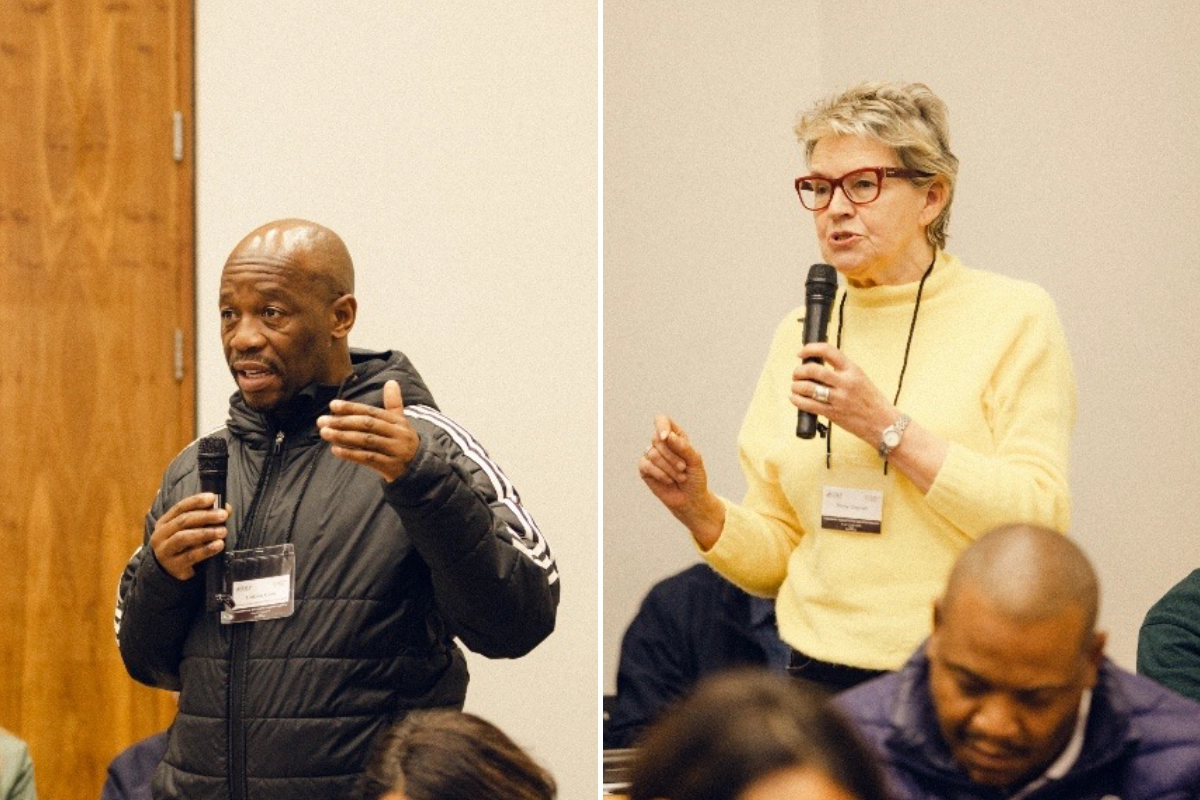
Lindumzi Kimle (ECDoE) and Penny Vinjevold
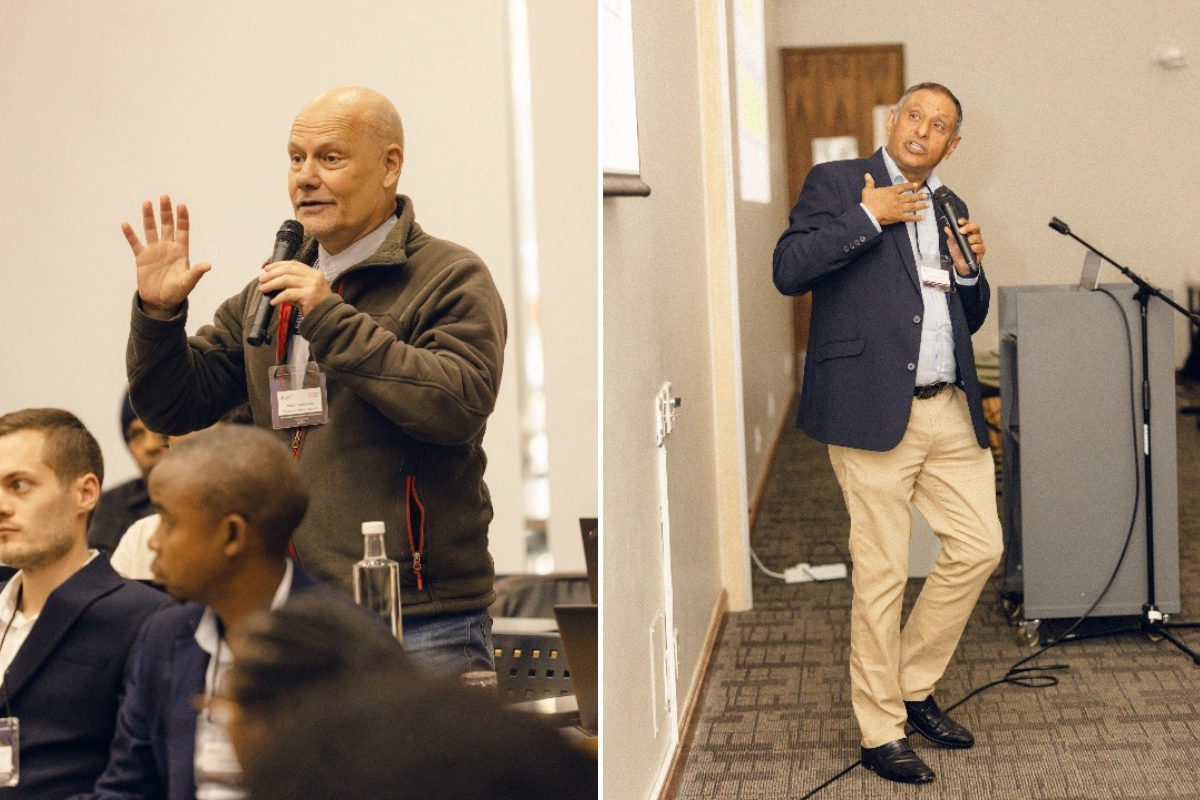
Martin Gustafsson (DBE) and Albert Chanee (GDE)

Carien Vorster (Roger Federer Federation) & Carol Nuga Deliwe (Mastercard Foundation
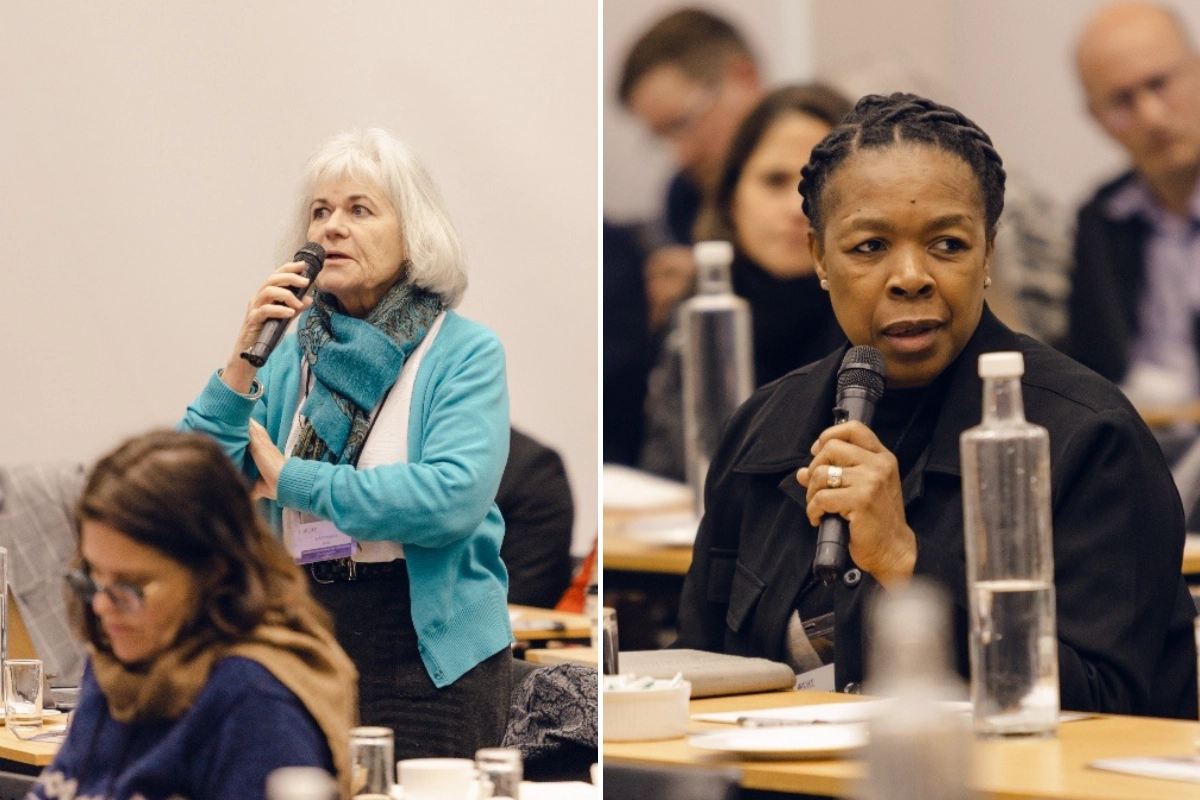
Lilli Pretorius & Lala Maje (DBE)

